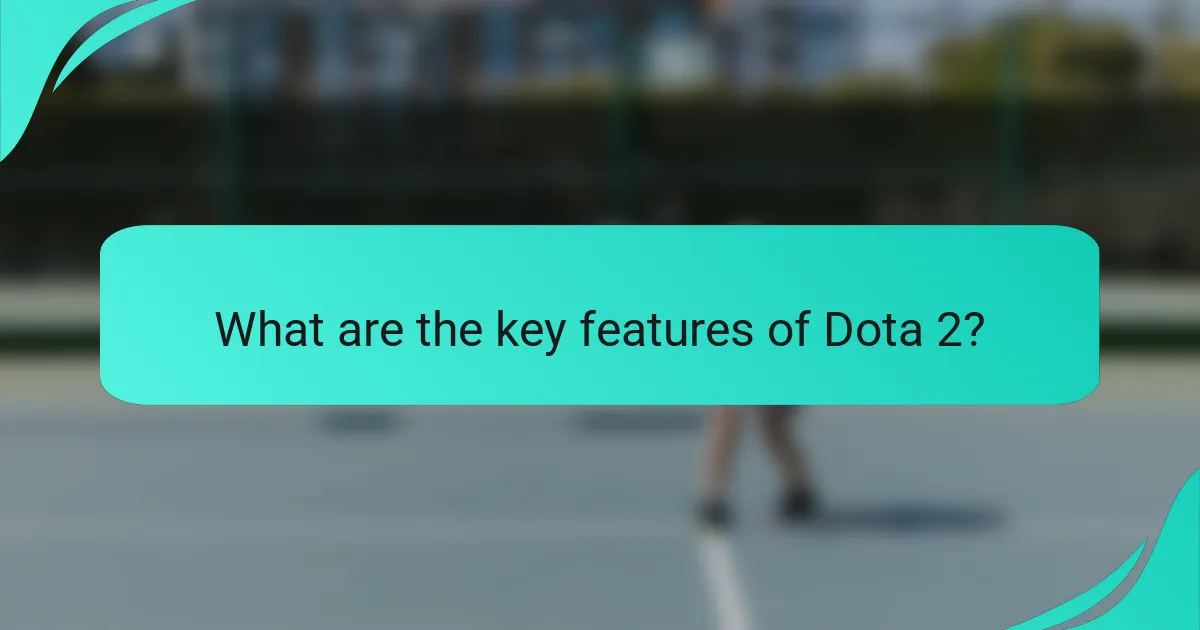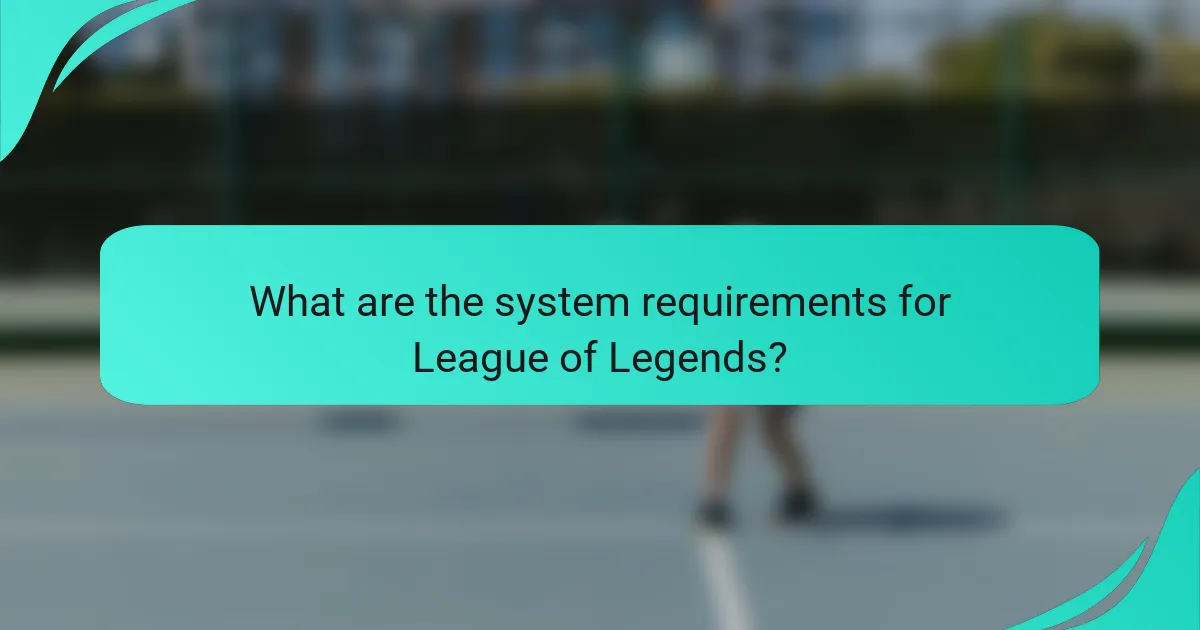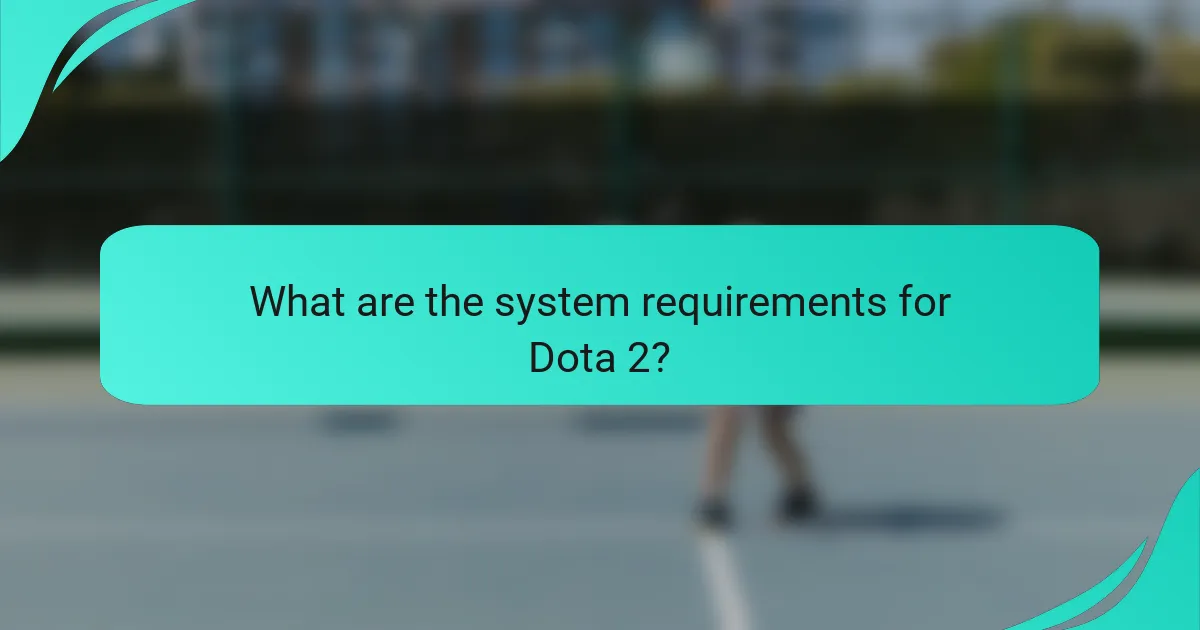In the realm of multiplayer online battle arena (MOBA) games, League of Legends and Dota 2 stand out as two titans, each offering distinct gameplay experiences. While League of Legends emphasizes fast-paced action and a diverse roster of champions, Dota 2 is celebrated for its intricate strategies and unique hero abilities. Ultimately, the choice between these games hinges on individual player preferences regarding gameplay style and competitive engagement.

Which MOBA game is better: League of Legends or Dota 2?
Determining whether League of Legends or Dota 2 is better depends on player preferences for gameplay speed, strategic depth, and community engagement. Both games offer unique experiences that cater to different styles of play and competitive environments.
League of Legends offers faster gameplay
League of Legends is known for its quicker match durations, typically lasting around 30 to 40 minutes. This fast-paced gameplay encourages rapid decision-making and constant action, appealing to players who prefer a more dynamic experience.
The game features shorter respawn times and a more streamlined approach to objectives, allowing teams to engage in frequent skirmishes and pushes. This can lead to a more exhilarating experience for players who enjoy immediate rewards and fast progression.
Dota 2 features deeper strategic elements
Dota 2 is often praised for its complex mechanics and strategic depth, with matches averaging 40 to 60 minutes. The game includes unique elements such as denying, intricate item builds, and a wider variety of heroes, which can lead to more nuanced gameplay.
Players must consider factors like map control, resource management, and team composition, making Dota 2 a game that rewards strategic thinking and long-term planning. This depth can be appealing to those who enjoy a more cerebral approach to gaming.
Player base size comparison
League of Legends boasts a larger player base, often reaching millions of concurrent players globally, which contributes to its vibrant community and extensive matchmaking options. This popularity can enhance the social aspect of the game, as players can easily find friends and opponents.
In contrast, Dota 2 has a smaller but dedicated player base, with a strong community that values competitive play. While it may not match League of Legends in sheer numbers, Dota 2’s players are often deeply invested in the game’s strategic elements and esports scene.
Esports scene differences
League of Legends has a well-established esports ecosystem, featuring numerous leagues and tournaments worldwide, including the prestigious World Championship. This structure provides players with various opportunities to compete at high levels and gain recognition.
Dota 2’s esports scene is highlighted by The International, known for its massive prize pools and intense competition. While both games have thriving competitive scenes, League of Legends emphasizes regional leagues, whereas Dota 2 focuses on a singular, high-stakes annual event.

What are the key features of League of Legends?
League of Legends is a multiplayer online battle arena (MOBA) game known for its strategic depth and competitive gameplay. Key features include a diverse roster of champions, intricate map design, and a complex in-game economy that influences match dynamics.
Champion diversity and roles
League of Legends boasts over 150 champions, each with unique abilities and playstyles. Champions are categorized into roles such as tanks, assassins, mages, and supports, which define their function in a team composition. This diversity allows players to find champions that suit their preferred strategies and playstyles.
Understanding champion roles is crucial for team synergy. For instance, a balanced team typically includes a tank to absorb damage, damage dealers to eliminate opponents, and supports to assist and protect allies. Players should consider their role when selecting champions to ensure a well-rounded team composition.
Map design and objectives
The primary map in League of Legends, Summoner’s Rift, features three lanes, a jungle area, and various objectives that teams must control. Each lane has turrets that protect the base, and players must work together to push lanes, destroy enemy structures, and ultimately defeat the opponent’s Nexus.
Key objectives include Dragon and Baron Nashor, which provide significant buffs to the team that secures them. Players should prioritize these objectives to gain a strategic advantage, as they can turn the tide of battle. Effective map awareness and teamwork are essential for controlling these objectives.
In-game economy mechanics
The in-game economy in League of Legends revolves around gold, which players earn through various actions such as defeating minions, champions, and objectives. Accumulating gold allows players to purchase items that enhance their champions’ abilities and effectiveness in battle.
Managing your economy is vital for success. Players should focus on last-hitting minions to maximize gold income and avoid unnecessary deaths that can lead to losing gold and experience. Understanding item builds and timing purchases can significantly impact a player’s performance throughout the match.

What are the key features of Dota 2?
Dota 2 is a complex multiplayer online battle arena (MOBA) game known for its strategic depth and diverse gameplay elements. Key features include unique hero abilities, a dynamic map, and a robust item system that together create a rich competitive environment.
Hero abilities and customization
In Dota 2, each hero possesses four unique abilities, including one ultimate ability that can significantly impact gameplay. Players can customize their heroes by selecting talents at certain levels, allowing for varied playstyles and strategies. This customization enables players to adapt to different match situations and team compositions.
Understanding hero synergies and counters is crucial. For instance, a hero with crowd control abilities can effectively shut down a high-damage dealer, while others may excel in healing or damage output. Players should familiarize themselves with the extensive hero roster to maximize their effectiveness in matches.
Map complexity and dynamics
The Dota 2 map is divided into three lanes, each leading to the enemy’s base, with jungle areas providing additional resources and strategic opportunities. The terrain includes high ground advantages and various neutral camps that can be contested for experience and gold. Map awareness and control are vital for gaining an edge over opponents.
Dynamic elements, such as Roshan, a powerful neutral monster, can turn the tide of battle when defeated. Teams often strategize around securing Roshan to gain the Aegis of the Immortal, which allows a player to respawn after death. Effective map control and vision through wards are essential for executing successful strategies.
Item system and strategic depth
Dota 2 features a comprehensive item system that allows players to purchase items with gold earned during the match. Items can enhance hero abilities, provide survivability, or grant unique effects, adding layers of strategy to gameplay. Players must decide which items to buy based on their hero’s role and the current game state.
Common items include damage boosters, defensive gear, and utility items that can change the course of a match. For example, a support hero may prioritize items that provide vision or healing, while a carry hero might focus on damage output. Understanding item builds and their timing can greatly influence a team’s success.

How do League of Legends and Dota 2 compare in gameplay?
League of Legends and Dota 2 both offer rich multiplayer online battle arena (MOBA) experiences, but they differ significantly in gameplay mechanics, pacing, and strategies. Understanding these differences can help players choose which game aligns better with their preferences.
Game pacing and match duration
League of Legends typically features faster-paced matches, often lasting between 30 to 40 minutes, while Dota 2 matches can extend from 30 minutes to over an hour. The quicker pace in League encourages more frequent skirmishes and objectives, whereas Dota 2 allows for more strategic depth and longer team fights.
Players in League of Legends may find themselves engaging in action more often, which can lead to a more dynamic experience. In contrast, Dota 2’s pacing allows for a greater emphasis on late-game strategies and team coordination.
Team composition strategies
In League of Legends, team composition often revolves around balancing damage dealers, tanks, and support roles, with a focus on synergy and counter-picks. Players typically aim for a well-rounded team that can adapt to various situations throughout the match.
Dota 2, however, places a stronger emphasis on specific roles and hero abilities, leading to more diverse strategies. The game encourages unique combinations, such as a heavy crowd control team or a lineup focused on burst damage, which can significantly impact the match outcome.
Learning curve for new players
League of Legends is generally considered to have a more approachable learning curve for newcomers, thanks to its streamlined mechanics and extensive tutorials. New players can quickly grasp the basics and start enjoying the game with friends.
Dota 2, on the other hand, presents a steeper learning curve due to its complex mechanics and the importance of map awareness. New players may need to invest more time in understanding hero abilities, item builds, and overall strategy to succeed.

What are the system requirements for League of Legends?
The system requirements for League of Legends ensure that players have a smooth gaming experience. These requirements vary based on whether you are using minimum or recommended specifications, which impact performance and graphics quality.
Minimum and recommended specs
The minimum specifications for League of Legends typically include a dual-core processor, 4 GB of RAM, and a graphics card equivalent to NVIDIA GeForce 8600/ATI Radeon HD 2600. These specs allow the game to run at lower settings, suitable for casual play.
For a better experience, the recommended specifications suggest a quad-core processor, 8 GB of RAM, and a graphics card like NVIDIA GeForce 660/ATI Radeon HD 7570 or better. Meeting these specs enhances graphics quality and frame rates, providing a more enjoyable gameplay experience.
Platform availability
League of Legends is primarily available on Windows and macOS platforms, making it accessible to a wide range of players. The game can be downloaded for free from the official League of Legends website, with in-game purchases available for cosmetic items.
While there are no official mobile or console versions of League of Legends, players can explore alternatives like League of Legends: Wild Rift, which is designed for mobile devices. This version offers a similar experience tailored for touch controls, expanding the game’s reach to mobile gamers.

What are the system requirements for Dota 2?
The system requirements for Dota 2 vary based on whether you are aiming for minimum or recommended performance. Understanding these requirements can help ensure a smooth gaming experience without lag or crashes.
Minimum and recommended specs
The minimum specifications for Dota 2 typically include a dual-core processor, 4 GB of RAM, and a graphics card with DirectX 9 support. These specs allow for basic gameplay but may result in lower frame rates and graphics quality.
For a better experience, the recommended specifications suggest a more powerful quad-core processor, 8 GB of RAM, and a graphics card with DirectX 11 support. Meeting these recommendations can significantly enhance visual fidelity and performance, making for a more enjoyable gaming session.
When considering your setup, ensure your operating system is up to date, as Dota 2 runs on Windows, macOS, and Linux. Regular updates can improve compatibility and performance, so check for the latest versions of your OS and drivers before playing.
